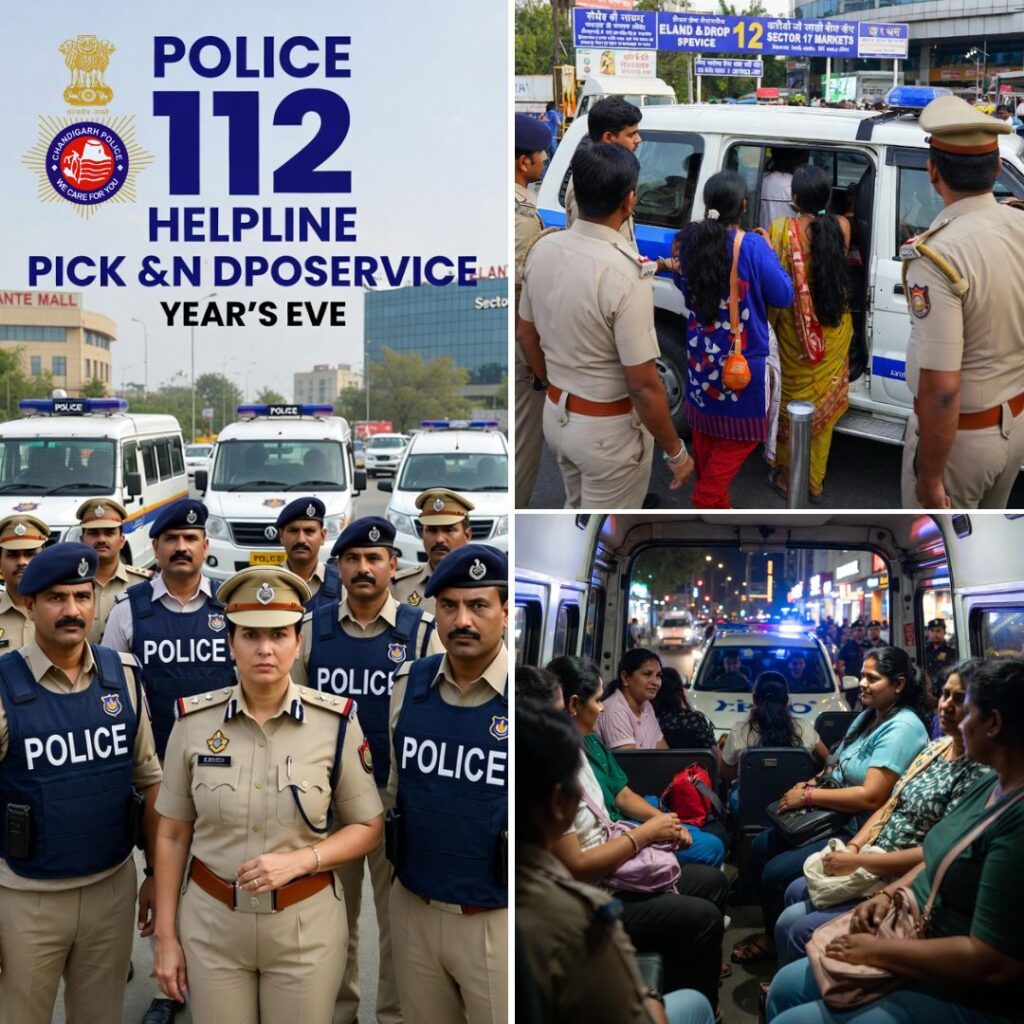The primary law dealing with the status of sex workers is the 1956 la referred to as The Immoral Traffic (Suppression) Act (SITA). According to this law, prostitutes can practice their trade privately but cannot legally solicit customers in public.
Most studies show that prostituted women did not choose prostitution among a range of options such as medicine, law, teaching, nursing or politics. Their “options” were more in the realm of survival for themselves and their children.
Following legalization of prostitution in Victoria, Australia although the number of legal brothels doubled the greatest expansion was in illegal.
Over 70% prostituted women and children across the world were initiated into prostitution when they were less than 14 years of age.
After prostitution was legalized in Netherlands it is estimated that between 1996 and 2001 the number of children in prostitution increased by over 300% going from 4000 to 15000 and that 5000 of these children were trafficked.
Every, who is legally employed has minimum rights and entitlements given by law, such as safety rights, minimum wages, health benefits, vacation pay and protection against unlawful discrimination. And since sex workers don’t work legally, especially in countries that do not consider prostitution as a legitimate work, they don’t get any of these rights.











